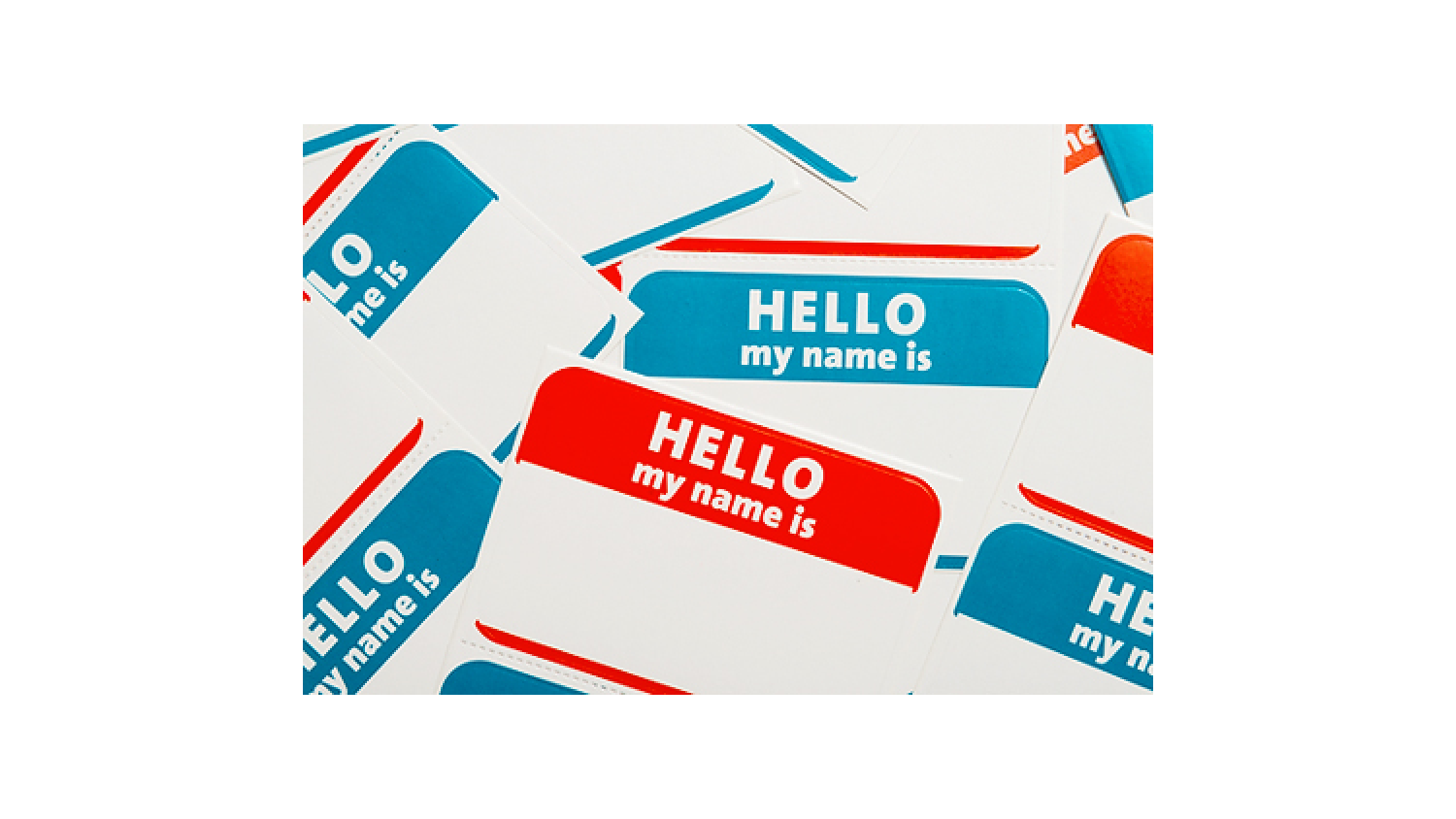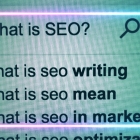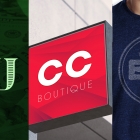How to Name Stuff: Tips For Successful Business Naming
“What’s in a name? That which we call a rose by any other name would smell as sweet.”
These are the words of Juliet in the famous balcony scene from Shakespeare’s Romeo and Juliet. Juliet laments that her love for Romeo is forbidden because he belongs to the house of Montague, and therefore bears a name that makes him her enemy. Juliet realizes how arbitrary names are, and yet, in the end, they mean everything. And it is also true in business. The name you choose for your business or product has a tremendous impact on its success or failure. Let’s explore that a little today and hopefully, you’ll be able to avoid a star-crossed lovers situation between you and your customers!
What’s the best approach?
The right name can make your business a hot topic, but the wrong one can doom you to obscurity. There’s a lot of pressure on your name and ideally it should convey what you do, how you do it and whom you do it for—all without being too literal or long. Seems impossible, right?
Experts don’t even agree on what the best approach is. Some think an abstract name is best, others prefer one that’s more informative. Others insist that a made up word makes a name more memorable, and some argue that made up words are too forgettable. Big businesses spend lots of money to pay linguists like the folks at Lexicon (who have named products like Swiffer, Febreze, OnStar, BlackBerry, Dasani, Pentium, Scion and countless others) to think up names for them.
Honestly, just about any name can be made to work if it’s backed by the right marketing strategy, but we still need to take steps to ensure that it’s a killer name that can hold it’s own no matter what. The better the name, the less effort you need to exert trying to explain it.
Where to start
The best place to start is by asking yourself what you’re trying to communicate. Have you defined your target audience? Do you have a mission statement? These are things that can help you identify what you want your name to convey.
There are times when a real word or combination of words is better than made up words. That’s because they’re more relatable and have the power to conjure up emotional associations and reactions, which helps people remember them better.
That said, a name can be too meaningful as well. Take the name The Cheesecake Factory, for example. What if it started out life as The Portland Cheesecake Factory? When the business expanded to other parts of the country, the name would be limiting and wouldn’t have as much meaning to people in Providence or New York or Chicago. Descriptive names are concrete and tell something specific about the business. When you see The Cheesecake Factory, you know they’re gonna have cheesecake there.
A suggestive name is more abstract and tells a story. Look at the name Piperlime for example. The words “piper” and “lime” build images that begin to tell a story about the brand instead of describing it. Looking at the words, you think of an airplane or a bird combined with lime green or the flavor of lime. It’s light, fun, relaxed and stylish. And indeed, that’s what the brand is about.
The name of your brand product should always reinforce the key elements you want to convey.
Next week, we’ll go over some of the pros and cons of several different naming trends, help you get started on a list of potential names, and show you how to make sure you’re not using a name that’s already taken.
See you next week!

 An agency-eye view of Marketing, Advertising, Branding, Design & Media.
An agency-eye view of Marketing, Advertising, Branding, Design & Media.




